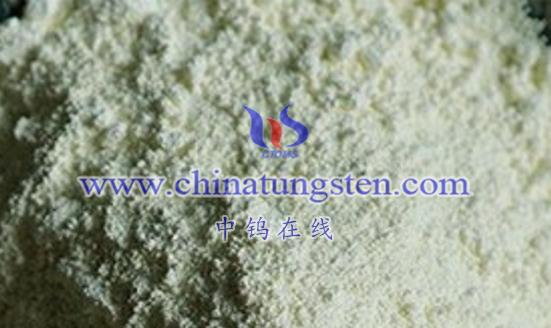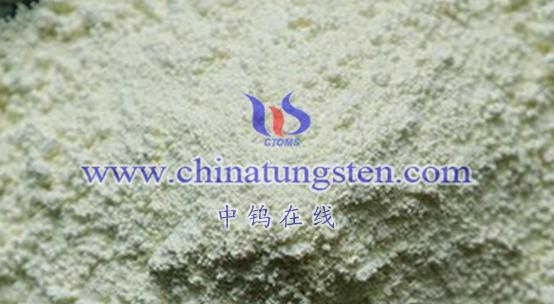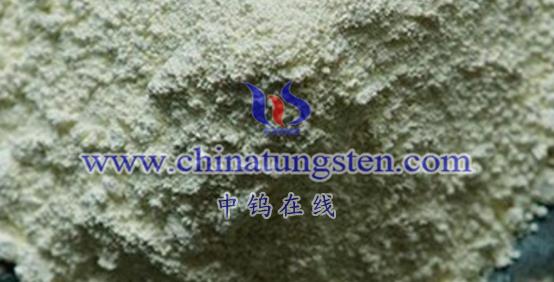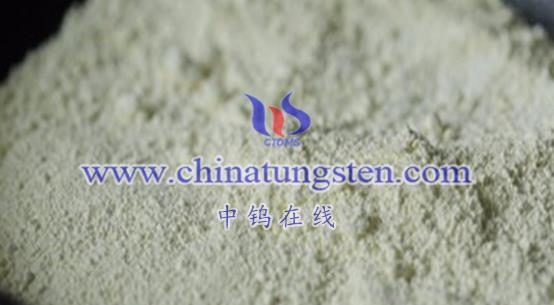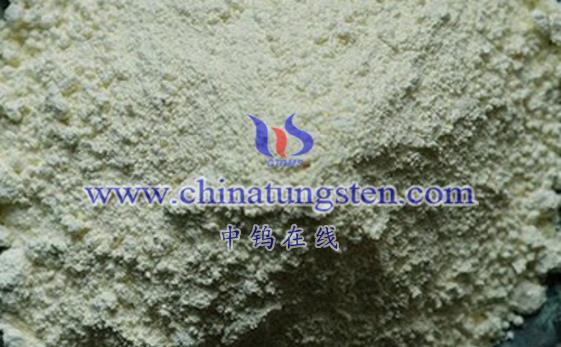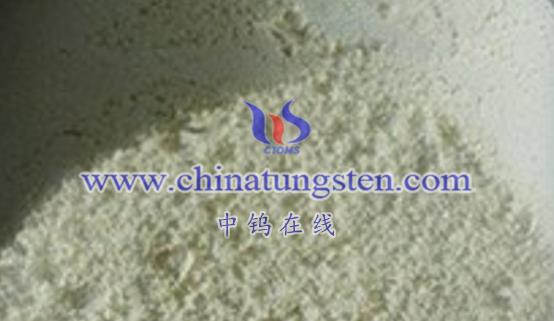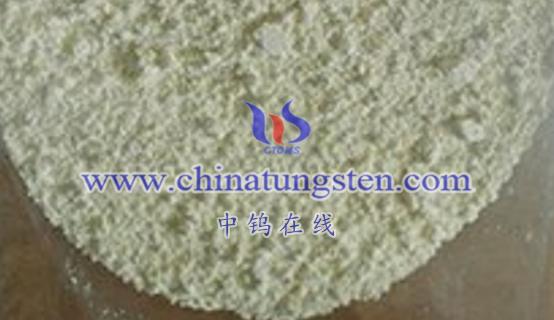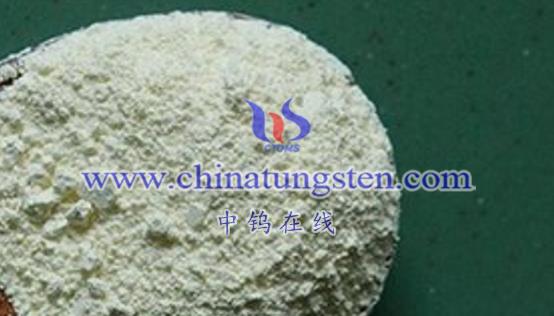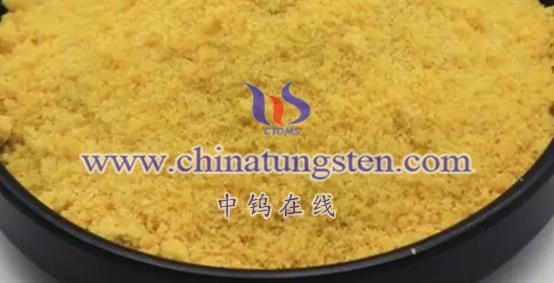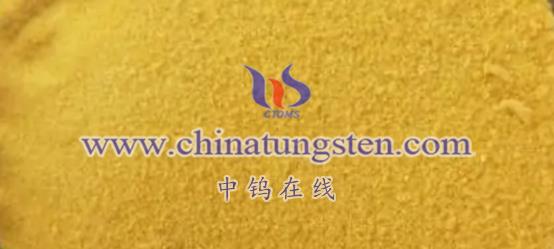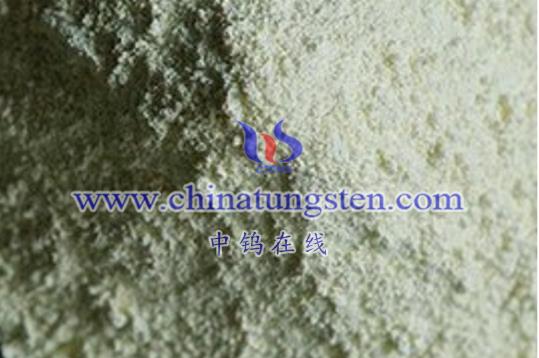
The color change principle of tungsten oxide electrochromic films is primarily based on the redox reactions of tungsten trioxide (WO3) under the influence of an electric field, leading to changes in electronic structure and ionic states. Here’s a detailed analysis of the color change principle:
- Color Change Mechanism of Tungsten Oxide Electrochromic Films
Band Gap Transition Theory
This is the most widely used theory to explain the electrochromic mechanism of WO3 films, proposed by Faughnan. It posits that under the influence of an external electric field, electrons (e-) and metal cations (such as H⁺, Li⁺, Na⁺, Ag⁺, etc.) are simultaneously injected into the WO3 from both sides of the film.
- Electron Capture: Electrons are captured by W atoms, forming localized states.
- Metal Cation Insertion: The metal cations reside in this region and combine with WO3 to form a deep blue tungsten bronze compound (MxWO3), where M represents the metal cation and x indicates the quantity of injected ions (0 < x < 1).
In MxWO3, there are different valence states of W ions, and the transition of electrons between neighboring W atoms of different valence states causes the color change of the WO3 film.
- Color Change Process of Tungsten Oxide Electrochromic Films
Electrified State
When a voltage is applied to the WO3 film, electrons and metal cations are injected into the film, forming the deep blue tungsten bronze compound. During this process, the color of the film deepens, and its transmittance decreases.
Deactivated State
When the voltage is removed, the injected electrons and metal cations will exit the film, and MxWO3 gradually reverts to the colorless state of WO3. During this process, the color of the film lightens, and the transmittance is restored.
- Advantages of Tungsten Oxide Electrochromic Films
- Fast Response Time: Tungsten oxide electrochromic films have a relatively quick color change response, meeting the needs of practical applications.
- Reversible Color Change: By controlling the application and removal of voltage, the color change of the film can be made reversible, making it suitable for applications in smart windows and architectural glass.
- Energy Efficiency: Under the influence of an electric field, tungsten oxide electrochromic films can selectively absorb or reflect external thermal radiation and internal heat diffusion, thereby reducing energy consumption and achieving energy savings.
- Preparation Methods for Tungsten Oxide Electrochromic Films
The preparation methods for tungsten oxide electrochromic films are diverse, including physical vapor deposition, chemical vapor deposition, electron beam evaporation, and others. Each method has its advantages and disadvantages, making them suitable for different application scenarios and requirements.
In summary, the color change principle of tungsten oxide electrochromic films is based on the redox reactions of WO3 under the influence of an electric field, which leads to changes in electronic structure and ionic states. This unique electrochromic effect gives tungsten oxide electrochromic films a wide range of application prospects in various fields.
More details of tungsten oxide product, please visit website: tungsten-oxide.com
Please contact CHINATUNGSTEN for inquiry and order of tungsten oxide:
Email: sales@chinatungsten.com
Tel.: 86 592 5129595
